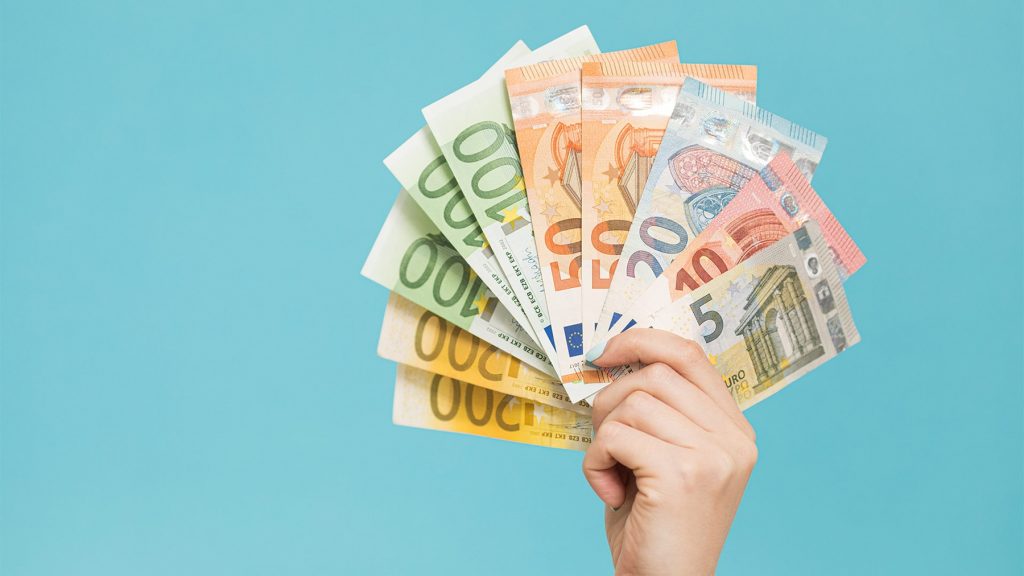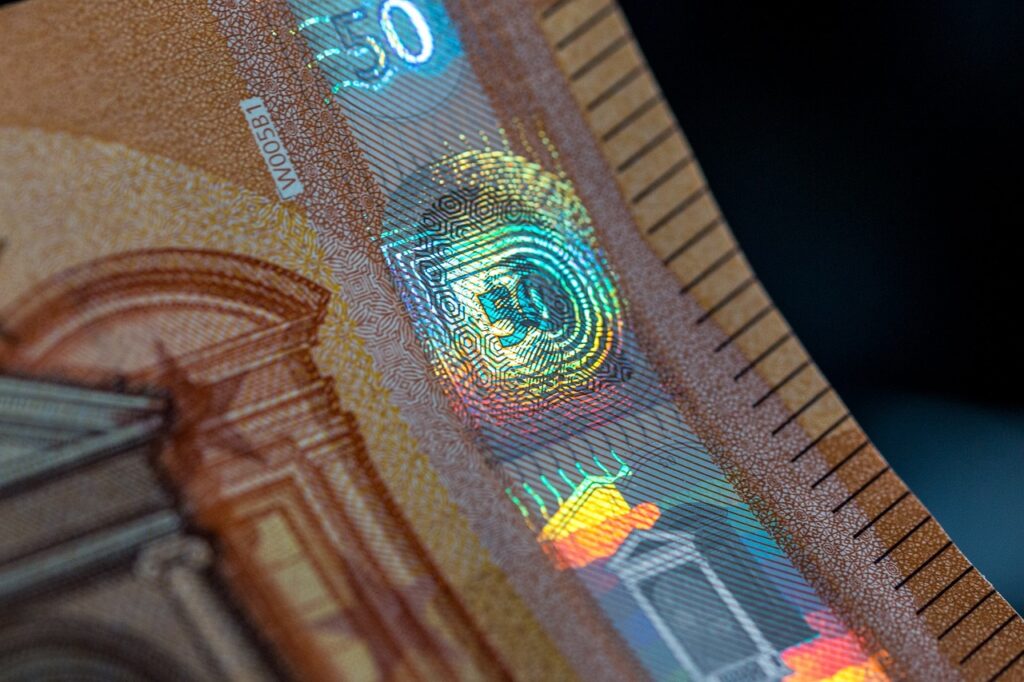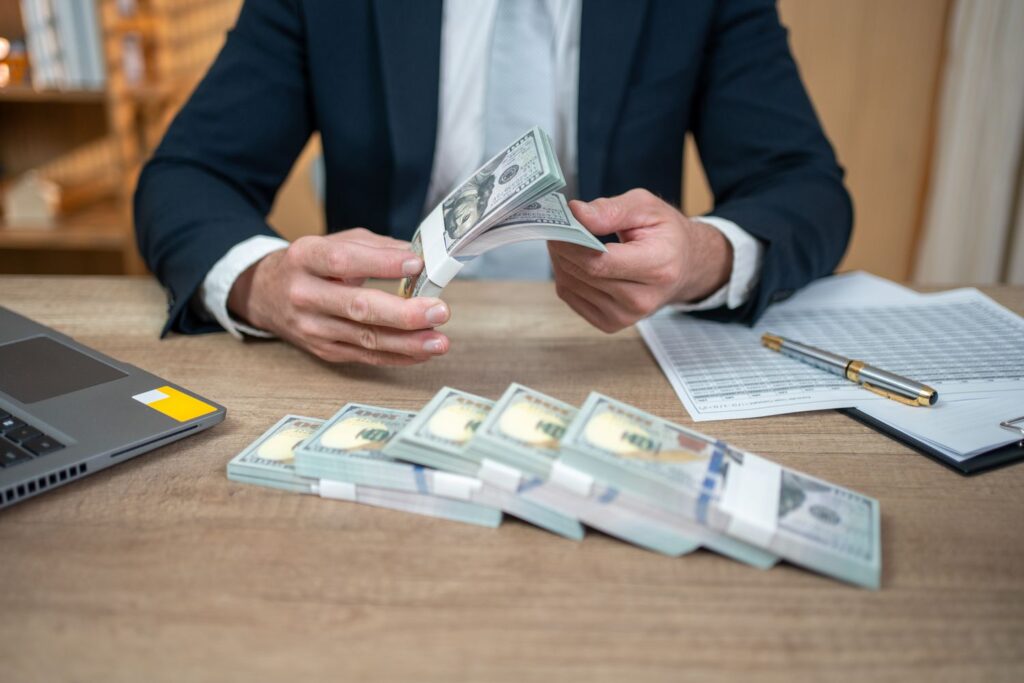Introduction: The Allure and Danger of Counterfeit Money
Counterfeit money or fake bank notes, is the unauthorized imitation of legitimate currency, has been a persistent problem throughout history. While the idea of creating wealth out of thin air is tempting. More so, the reality of counterfeit money is a complex and often dangerous game with serious consequences. counterfeit money for sale
What is Counterfeit Money?
Counterfeit money refers to fake currency intentionally designed to imitate legitimate banknotes. Its production bypasses governmental authorization, aiming to deceive recipients into accepting it as genuine. Globally, counterfeit money markets have thrived, distributing various currencies such as the US Dollar, British Pound, and Euro. With the rise of advanced printing techniques, counterfeiters have grown bolder, offering fake bills online while advertising them as undetectable counterfeit money for sale

The Global Counterfeit Money Market
Moreover, these illegal operations operate online, offering a range of denominations and promising high “undetectable” quality. However, as Jeff Turner, a convicted counterfeiter featured in an Insider video, explains, even sophisticated counterfeiters often rely on readily available materials and techniques, making their claims of undetectability questionable. Likewise, Polymer paper is used to forge banknotes. counterfeit money for sale
The Risks of Buying and Using Counterfeit Money
Purchasing and using fake real looking money carries substantial legal and financial risks. The penalties for counterfeiting banknotes or coins can be severe, ranging from fines to imprisonment. Beyond legal repercussions, businesses and individuals who inadvertently accept counterfeit currency suffer significant financial losses, as these notes hold no redeemable value.
The Anatomy of a Fake Banknote: Security Features to Look For
Counterfeiters employ a wide range of techniques and materials to mimic genuine banknotes.
For Banknotes:
- Paper: High-quality, durable paper that closely resembles the texture and weight of genuine currency paper, often incorporating cotton fibers to simulate the feel.
- Inks: Special inks, including magnetic inks, thermochromatic inks (which change color with temperature), and fluorescent inks that react under UV light.
- Holograms and Foils: Holographic strips and foils to mimic the security features found in genuine banknotes.
- Watermarks and Security Threads: Embedded watermarks and metal security threads to replicate these critical security features.
- Microprinting and Fine Details: High-resolution printers and precise printing techniques to reproduce the fine details and microtext found on authentic banknotes.
For Coins:
- Base Metals: Cheaper metals like zinc, copper, and nickel to imitate the metallic composition of genuine coins.
- Plating: Electroplating techniques to coat the base metal with a thin layer of another metal, such as gold or silver, to replicate the appearance of higher-value coins.
- Weight and Size: Matching the weight and size of genuine coins to ensure they feel the same in hand.
- Engraving and Stamping: High-quality engraving and stamping to reproduce the intricate designs and inscriptions on coins.
These materials and techniques can produce convincing fakes, but modern currencies include increasingly sophisticated security features to make counterfeiting much more difficult. Understanding the security features embedded in authentic currency is crucial for detecting fakes.
Paper Quality and Feel
Genuine banknotes are typically made from high-quality paper, often a blend of cotton and linen, giving them a unique texture. Authentic banknotes have a crisp and firm feel, unlike ordinary paper. Notwithstanding, Counterfeiters try to replicate this texture but often fall short. Moreover, with sophisticated next-gen technology. There’s been realistic counterfeit money in circulation, and this goes as far as seeing, ads like “fake money sale“.
Watermarks: Holding Counterfeit Money to the Light
A watermark is a faint image embedded within the paper of a banknote. Hold the bill to light. Genuine watermarks display smooth gradations, while fake ones may appear pixelated or flat. Likewise, legitimate watermarks have smooth transitions between light and dark areas.
Security Threads: Embedded and Visible
A security thread is a thin strip embedded within the banknote paper. It is often metallic and may contain microprinting or other features visible under a light source. However, with the presence of a security thread is a key indicator of authenticity.
Intaglio Printing: The Tactile Test
Intaglio printing, also known as raised printing, creates a tactile effect by pressing ink into the paper. Notably, this method is used on authentic banknotes for images and other design elements, giving them a distinctive texture. Although, Counterfeiters struggle to reproduce this accurately with almost realistic fake looking money.
Holograms and Holographic Strips: Shimmering Security
Holograms and holographic strips are common security features on banknotes. For instance, they display changing colors and images when tilted, making them extremely difficult to counterfeit. For example, the holographic strip on Euro banknotes, for instance, should transition between the value and the Euro symbol.

Microprinting: Tiny Details, Big Impact
Microprinting involves incredibly small lettering or patterns that are nearly impossible to replicate with standard printing methods. These tiny details can be challenging to see with the naked eye but are a hallmark of genuine banknotes.
UV and IR Features: Invisible Security Measures
Ultraviolet (UV) and infrared (IR) features are invisible to the naked eye but become apparent under special lighting. Genuine banknotes include these features, adding another layer of security that counterfeiters find difficult to replicate.
Counterfeit Money Detection: How to Spot a Fake
Detecting counterfeit money requires a combination of observation and knowledge. Here are some methods used to spot fake banknotes:
The counterfeit detector pen is a widely used tool for a quick, preliminary test. This pen contains a special ink that reacts with the starch in standard paper, leaving a dark mark. Genuine banknotes are typically made from starch-free paper, so the ink remains pale. However, some counterfeiters use starch-free paper, rendering the pen test unreliable.
Examining Serial Numbers for Duplicates
Genuine banknotes have unique serial numbers. Checking for duplicate serial numbers can sometimes reveal counterfeit bills, especially if multiple fake notes from the same batch are circulating.
Banknote Validation Machines: The Ultimate Test
Banks and many businesses use specialized machines to validate banknotes. These devices use various technologies, such as UV light, magnetism, and thickness sensors, to verify the authenticity of a banknote.
Trust Your Instincts: What to Do if You Suspect a Fake
If a banknote feels suspicious, it’s best to exercise caution. Avoid confrontation with the person presenting the banknote. If you work in a retail setting, inform a supervisor or security personnel. In any case, report the suspected counterfeit to the appropriate authorities.
The Counterfeiting Process: From Design to Distribution
The process of counterfeiting banknotes involves several stages:
Sourcing High-Quality Materials: Paper, Inks, and More
Counterfeiters seek materials that closely resemble those used in genuine banknotes. This includes specific types of paper, inks, and other components. On the contrary, they might attempt to acquire these materials through illegal channels or try to replicate them.
Mastering Printing Techniques: Offset, Intaglio, and More
Counterfeit fraudsters, often use offset printing, a common printing technique, but they may also attempt to exactly imitate the more complex intaglio printing used on authentic banknotes. Furthermore, using modern day advance technology to produce fake money that looks real.
Replicating Security Features: A Counterfeiter’s Challenge
Recently, Counterfeiters strive to replicate security features such as watermarks, security threads, holograms, and microprinting. To sum up, these special feature found on the authentic banknotes. In essence, the quality and accuracy of these replicas can vary greatly, impacting the detectability of the counterfeit.
Distribution Networks: How Fake Money Enters Circulation
Counterfeiters employ various methods to distribute their fake banknotes. They might use intermediaries, pass them off in small transactions, or attempt to introduce them into the financial system through more sophisticated means.

The Consequences of Counterfeiting: Legal and Economic Impacts
As far as it goes, Money counterfeiting has significant legal and economic repercussions:
Legal Penalties for Counterfeiters
Counterfeiting is a serious crime, often treated as a form of fraud or forgery. Consequently, the penalties can include heavy fines and lengthy prison sentences.
Impact on Businesses and the Economy
Counterfeiting undermines the integrity of a country’s currency and can negatively impact its economy. To illustrate this, businesses that accept counterfeit money suffer losses. Also, increased circulation of fake bills can lead to inflation.
Loss of Public Trust in Currency
Widespread counterfeiting can erode public trust in a currency. Thus, people may become hesitant to accept banknotes, leading to inconvenience and potentially hindering economic activity. So much so that, the real money of the economy begins to loosing it’s value.
The Fight Against Counterfeit Money: Law Enforcement and Technology
Right now, combating counterfeiting requires a multifaceted approach involving law enforcement and advanced technology. The U.S. Secret Service, for instance, disrupts counterfeit operations by leveraging technology like artificial intelligence to detect fraudulent notes. Furthermore, to halt the printing of large amount of fake money.
The Role of Agencies Like the Secret Service
Law enforcement agencies, such as the United States Secret Service, play a crucial role in investigating and apprehending money printing counterfeiters. These agencies work diligently to disrupt counterfeiting operations and bring perpetrators to justice.
Advanced Counterfeit Detection Technologies
New technologies are continually being developed to detect counterfeit money more effectively. Hence, these advancements include sophisticated scanners, spectral analysis tools, and even artificial intelligence algorithms that can identify subtle inconsistencies in banknotes (fake paper money).
International Cooperation to Combat Counterfeiting
Counterfeiting is a global issue that requires international cooperation. Therefore, Law enforcement agencies from different countries often collaborate to share information, track down counterfeiters operating across borders, and dismantle large-scale counterfeiting networks of fake money online.
Counterfeit Money in the Digital Age: New Challenges and Solutions
The rise of digital currencies and evolving technologies presents new challenges and solutions in the fight against counterfeit money:
The Rise of Digital Currencies and Counterfeiting Risks
As digital currencies become more prevalent, the potential for counterfeiting extends to the virtual realm. In the same way, the decentralized nature of some cryptocurrencies can make it difficult to track and prevent the creation and circulation of fake digital coins.

The Evolution of Counterfeiting Techniques
Counterfeiters continuously adapt their methods to exploit new technologies and circumvent security measures. More so, this could involve using advanced 3D printing to create more realistic banknotes or developing sophisticated software to manipulate digital currencies.
The Future of Counterfeit Money Prevention
The future of counterfeit money prevention likely lies in the development of even more advanced security features, the integration of artificial intelligence and machine learning in detection systems, and continued international collaboration to stay ahead of counterfeiters.
Conclusion: The Ongoing Battle Against Counterfeit Money
The fight against counterfeit money is an ongoing battle that requires vigilance, education, and continuous innovation.
The Importance of Awareness and Education
Raising public awareness about counterfeit money and educating people on how to identify fake bills is essential in deterring its use. Individuals and businesses can protect themselves by being informed and taking precautions.
Staying Vigilant in a World of Fake Money
In a world where counterfeiting techniques constantly evolve, staying vigilant is crucial. Regularly checking banknotes for security features, using validation tools when available, and reporting suspected counterfeits promptly are vital steps in combating this persistent threat.
